Butter naan is a beloved classic in Indian cuisine, known for its soft, pillowy texture and rich buttery flavor. Whether you’re pairing it with a creamy curry, spicy lentils, or simply enjoying it on its own, butter naan is a crowd-pleaser that elevates any meal.
While restaurant-style naan may seem like a culinary feat, making it at home is easier than you think. This step-by-step guide will help you create the best butter naan recipe—soft, flavorful, and authentically delicious.
Why Make Butter Naan at Home?
Homemade butter naan is not only fresher and more flavorful than store-bought options but also allows you to control every ingredient. With this tested-till-perfect recipe, you’ll achieve that signature naan texture—soft with just the right amount of chew—and a buttery finish that seals in the moisture. Plus, there’s something incredibly satisfying about cooking naan from scratch and watching it puff up in the pan or over a flame.
Ingredients for the Best Butter Naan
To make this butter naan recipe, you’ll need simple pantry staples:
- 4 cups all-purpose flour
- 1 tbsp instant dry yeast
- 2 tsp kosher salt
- ½ tsp baking soda
- 1 tsp baking powder
- ¾ cup plain yogurt or buttermilk
- 1 cup warm water (120°–130°F)
- 4 tbsp melted butter
- 1 tbsp minced cilantro (optional)
These ingredients come together to create a dough that’s soft, elastic, and perfect for rolling out into naan bread.
Step-by-Step Instructions
1. Prepare the Dough
In a stand mixer fitted with a paddle attachment, combine the dry ingredients: flour, yeast, salt, baking soda, and baking powder. Mix on low speed to ensure even distribution. Then add the yogurt and warm water to the bowl. Start mixing on low speed until the mixture forms a shaggy dough.
Switch to the dough hook attachment and knead for 4 minutes on medium-low speed. The dough will be sticky at first but will come together as it kneads. Avoid the temptation to add more flour unless absolutely necessary.
2. Shape the Dough Balls
Generously flour your work surface and dump out the dough. Sprinkle it with flour and knead once or twice to form a large ball. Divide the dough into 8 equal portions and roll each portion into a ball using your hands. If the dough feels too sticky, dampen your hands to make handling easier.
Place the dough balls on an oiled sheet of parchment paper and roll them around to coat with oil. Cover with another sheet of parchment paper and let them rise for 1 hour.
3. Roll Out the Naan
After the dough has risen, flour your work surface again. Use a rolling pin to roll each dough ball into a flat round about ¼-inch thick or slightly thinner. Lightly flour the dough as needed to prevent sticking. For an authentic shape, gently pull the rolled-out dough into an oblong form using your hands. Let the rolled-out naan rest for 10 minutes to relax the gluten and ensure soft, bubbly bread during cooking.
4. Cook the Naan
Preheat a cast iron pan over medium-high heat for about 5 minutes. To check if it’s hot enough, sprinkle water on the surface—if it beads up and evaporates immediately, you’re ready to cook.
Place one naan onto the hot pan and cover it with a lid. Cook for 30–60 seconds until bubbles form on the surface. Flip the naan and cook for another 30 seconds until it loses its raw look and develops light charring in spots.
For an even more authentic tandoori-style naan, you can finish cooking it over an open flame (see direct flame variation below).
5. Add Butter and Serve
While the naan is still warm, brush it generously with melted butter mixed with minced cilantro (if desired). This step not only enhances flavor but also locks in moisture, keeping your naan soft and delicious. Serve immediately or keep warm under a towel until ready to eat.
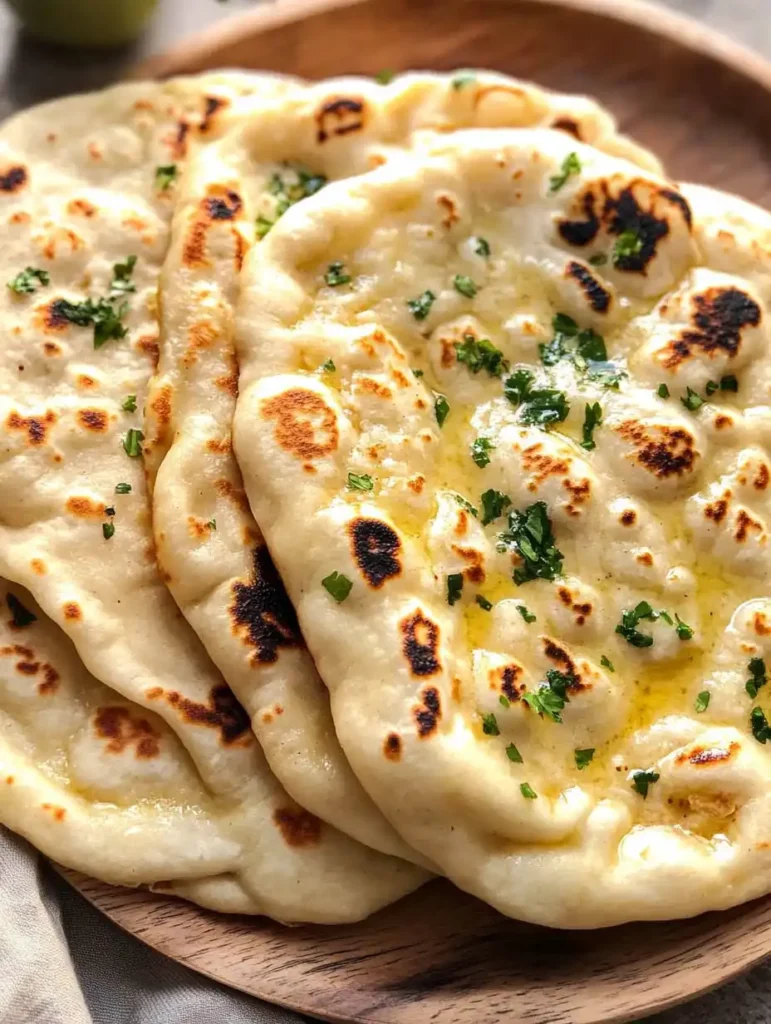
Tips for Perfect Butter Naan
- Sticky Dough is Key: The dough should be sticky after kneading—that’s what ensures soft naan. Use wet hands or floured surfaces to manage it without overworking the dough.
- Resting Time Matters: Letting the dough rest after rolling prevents shrinkage and promotes better bubbling during cooking.
- No Oil in the Pan: A properly preheated cast iron pan ensures that your naan won’t stick without needing oil or butter during cooking.
- Use Warm Water: The water temperature should be between 120°–130°F to activate the yeast without killing it.
- Direct Flame Variation: For an authentic tandoori-style touch, cook the second side of the naan directly over a gas flame until it puffs up dramatically and chars in spots (just be cautious as this happens quickly!).
Why This Recipe Works
This butter naan recipe has been meticulously tested to deliver restaurant-quality results at home. The combination of yeast and yogurt creates a dough that’s soft yet elastic, while baking soda and baking powder add extra lift for fluffiness. The resting periods allow the gluten to relax, ensuring that your naan stretches beautifully as it cooks. Finally, brushing melted butter over hot bread seals in moisture for that irresistible softness we all love in naan bread.
Pairing Ideas
Butter naan pairs beautifully with almost any Indian dish! Here are some ideas:
- Curries: Butter chicken, paneer tikka masala, or lamb rogan josh
- Lentils: Dal makhani or spiced yellow lentils
- Vegetables: Aloo gobi (spiced potatoes and cauliflower) or saag paneer (spinach with Indian cheese)
- Snacks: Use naan as a base for wraps or top it with spiced chickpeas for a quick snack
Final Thoughts
Making homemade butter naan is easier than you might think, and the results are well worth the effort. With its soft texture, buttery flavor, and authentic taste, this recipe will surely become a staple in your kitchen. So why wait? Gather your ingredients, roll up your sleeves, and get ready to enjoy the best butter naan you’ve ever had—straight from your own stovetop!
PrintBest Butter Naan
Make the BEST soft homemade butter naan bread with this easy, authentic tested-till-perfect naan recipe.
- Prep Time: 1 hour
- Cook Time: 10 minutes
- Total Time: 1 hour 10 minutes
- Yield: 8 naan
- Category: Bread
- Method: Pan-Fried
- Cuisine: Indian
- Diet: Vegetarian
Ingredients
- 4 cups all-purpose flour
- 1 tbsp instant dry yeast
- 2 tsp kosher salt
- ½ tsp baking soda
- 1 tsp baking powder
- ¾ cup plain yogurt or buttermilk
- 1 cup warm water see note
- 4 tbsp butter melted
- 1 tbsp minced cilantro
Instructions
- Combine flour, yeast, salt, baking soda and baking powder in a stand mixer fitted with the paddle attachment and beat on low speed to combine.
- Add yogurt and water to the mixer bowl. Starting on low speed, beat until the mixture forms a shaggy dough, then switch to the hook attachment and knead for 4 minutes on medium-low speed. It may look very sticky at first but will come together as it kneads (don’t add more flour).
- Generously flour a work surface. Dump out the dough and sprinkle it with flour, too. Knead once or twice to form a large ball. Cut the dough into 8 equal pieces and form each piece into a ball by rolling the dough between your hands.
- The dough is still quite sticky at this point, but you can work with it. Dampen your hands to make it easier.
- If the dough is impossibly sticky, add more flour.
- Oil a sheet of parchment paper. Place dough balls on top and roll them around to coat with oil. Cover with another sheet of parchment paper and let rise 1 hour.
- (See notes in post about making dough in advance.)
- Flour a work surface. Use a rolling pin to roll each dough ball flat to about ¼” thick, if not slightly thinner. Lightly flour dough as needed.
- Lift the dough off the counter and use your hands to gently pull it into a thinner, slightly oblong shape. Let it rest 10 minutes in a single layer.
- Meanwhile, preheat a cast iron pan for 5 minutes on medium-high heat. You’ll know it’s hot enough when you sprinkle it with water and it beads and evaporates immediately.
- Add one naan to the pan. Cover the pan and cook until bubbles start to grow on the top of the naan (about 30-60 seconds).
- Flip and cook on the other side until the dough loses its shiny, raw look and starts charring in spots (about 30 seconds more). For more dramatic puffing up and charring (like authentic tandoori-style naan), see notes below for instructions on finishing the naan over a direct flame.
- As naan breads are cooked, transfer them to a plate and cover with a towel to keep warm.
- Melt the butter and stir in cilantro, if using. Immediately brush the butter over warm naan (this seals the moisture into the hot bread and ensures softness).
Notes
- The dough is supposed to be quite sticky after kneading. Wet your hands with water to handle it, generously flour the work surface, and oil the dough balls on top and bottom before letting them rise. If the dough is too sticky to handle, gently knead more flour into it. Be sure to let it rest for 1 hour if you work the dough.
- Note on measuring flour: if you own a kitchen scale, please use it and weigh your flour. It’s always more accurate than using volume-based measuring cups, where flour can compact down and give you too much.
- Hand-mixing option: If you don’t have a stand mixer, you can easily make butter naan by hand. Stir together the dry ingredients in a bowl. Add the yogurt and water and stir with a wooden spoon to form a shaggy dough, then turn it out onto a clean, floured work surface and knead by hand until a smooth dough forms (about 10 minutes).
- Direct flame variation: If you have a gas stove, you can make the naan even more like tandoori naan. This is my preferred method (but not everyone has a gas stove so I simplified the recipe for you).
- To cook over the flame, after you flip the naan over, cook the underside for only 5-10 seconds to seal the surface so it is no longer sticky. Then use tongs to carefully move the naan over to a lit burner.
- Place the naan (still second side facing down) directly on the grate with the flame beneath it on high heat. The naan will often puff dramatically. Cook until charred spots appear on the underside (it only takes seconds), then transfer it to a plate and cover with a towel to keep warm. Never walk away or multi-task during this part as the naan can burn quickly.
- How hot should the water be? The ideal range is 120°–130°F. Warmer and it will kill the yeast. Colder and the dough will be slower to rise.
- As you’re cooking, the pan may get too hot. If naan starts to char on the bottom before bubbles form, turn the heat down for a minute before proceeding with the next one.
- NO oil or butter should be used in the pan. As long as the pan is properly preheated, the dough will never stick.
- Let the dough rest for 10 minutes after rolling to ensure bubbles. If you don’t, the gluten will be tight again from just working it. The dough will shrink in the pan and won’t have the soft texture needed to stretch upwards as the moisture turns to steam.
Nutrition
- Serving Size: 1 naan
- Calories: 262 kcal
- Sugar: 1 g
- Sodium: 300 mg
- Fat: 8 g
- Saturated Fat: 4 g
- Unsaturated Fat: 4 g
- Trans Fat: 0 g
- Carbohydrates: 45 g
- Fiber: 2 g
- Protein: 7 g
- Cholesterol: 15 mg

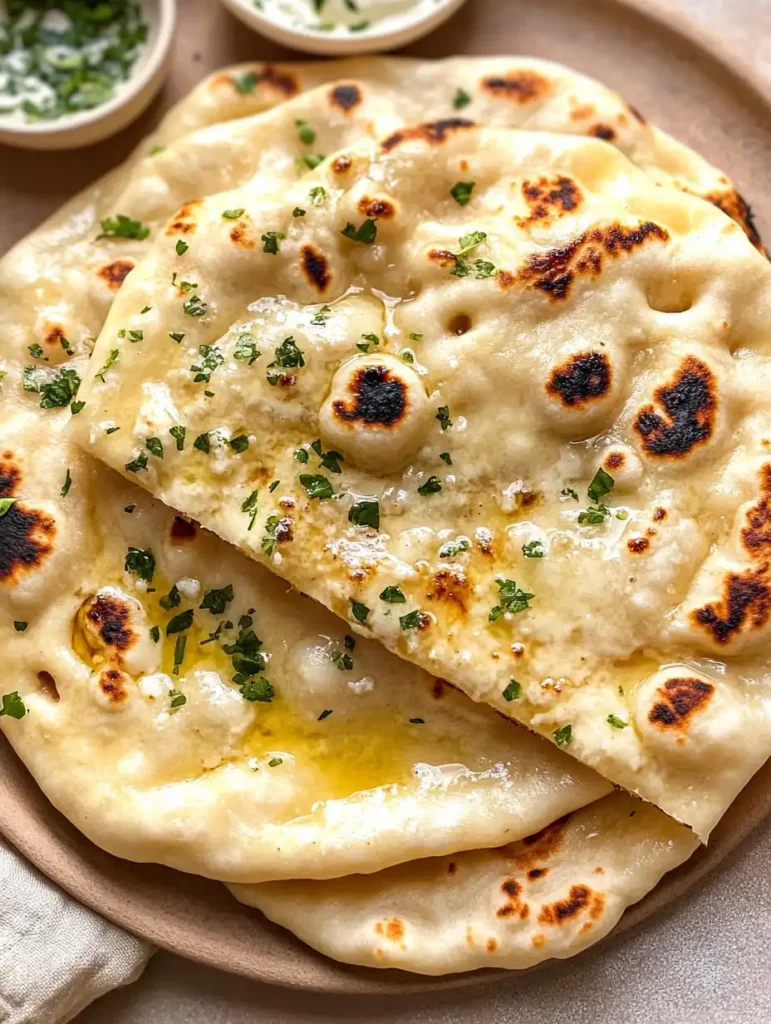
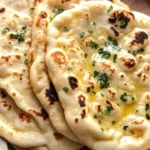
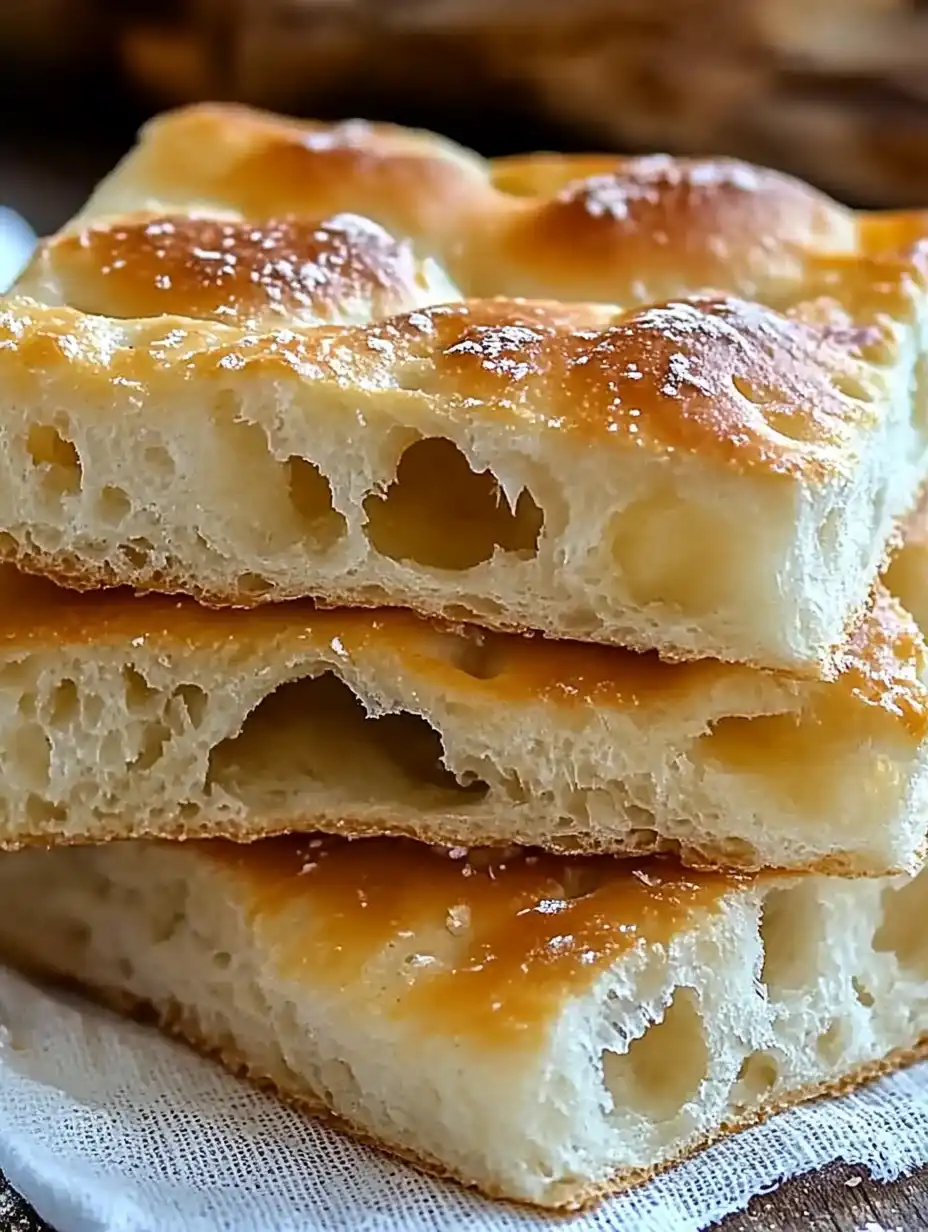
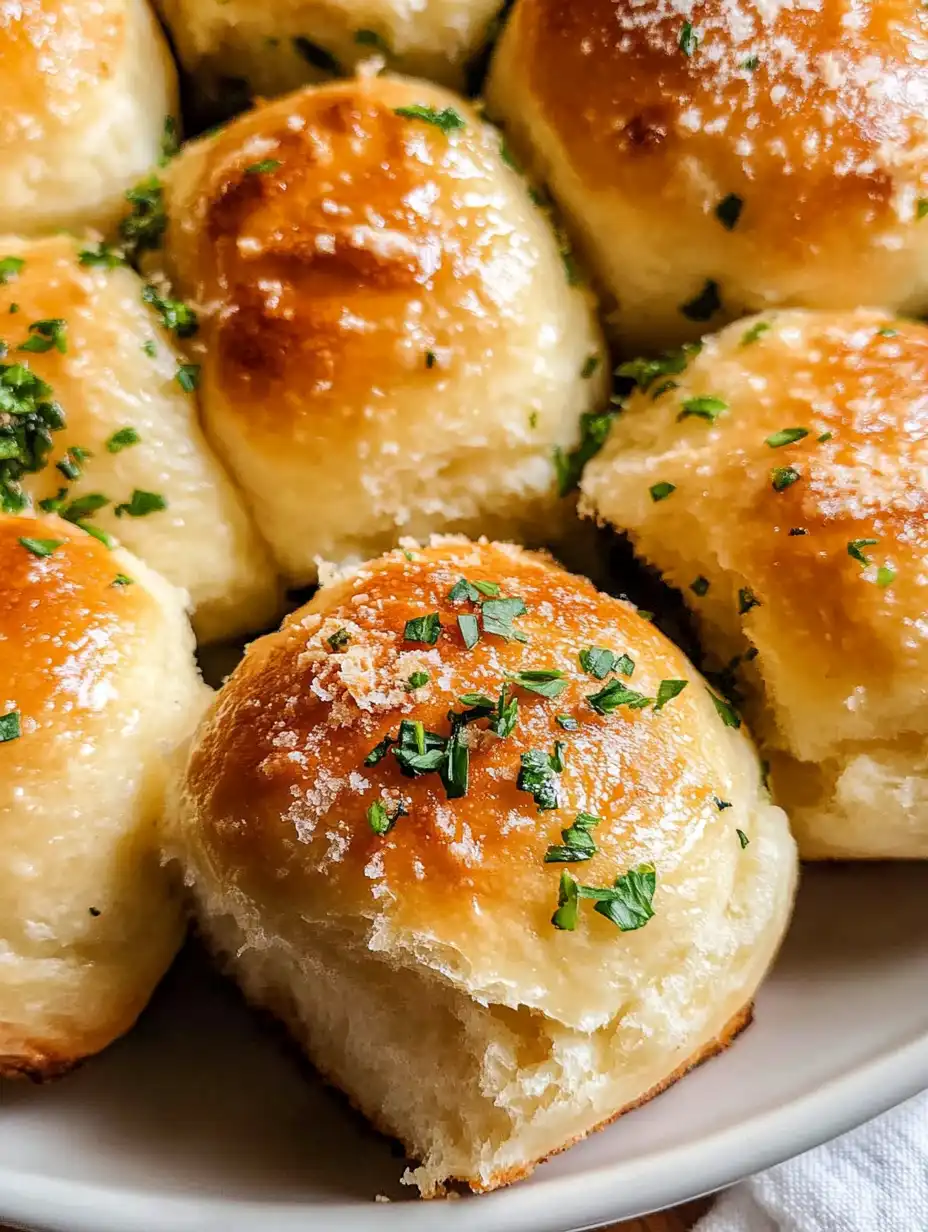
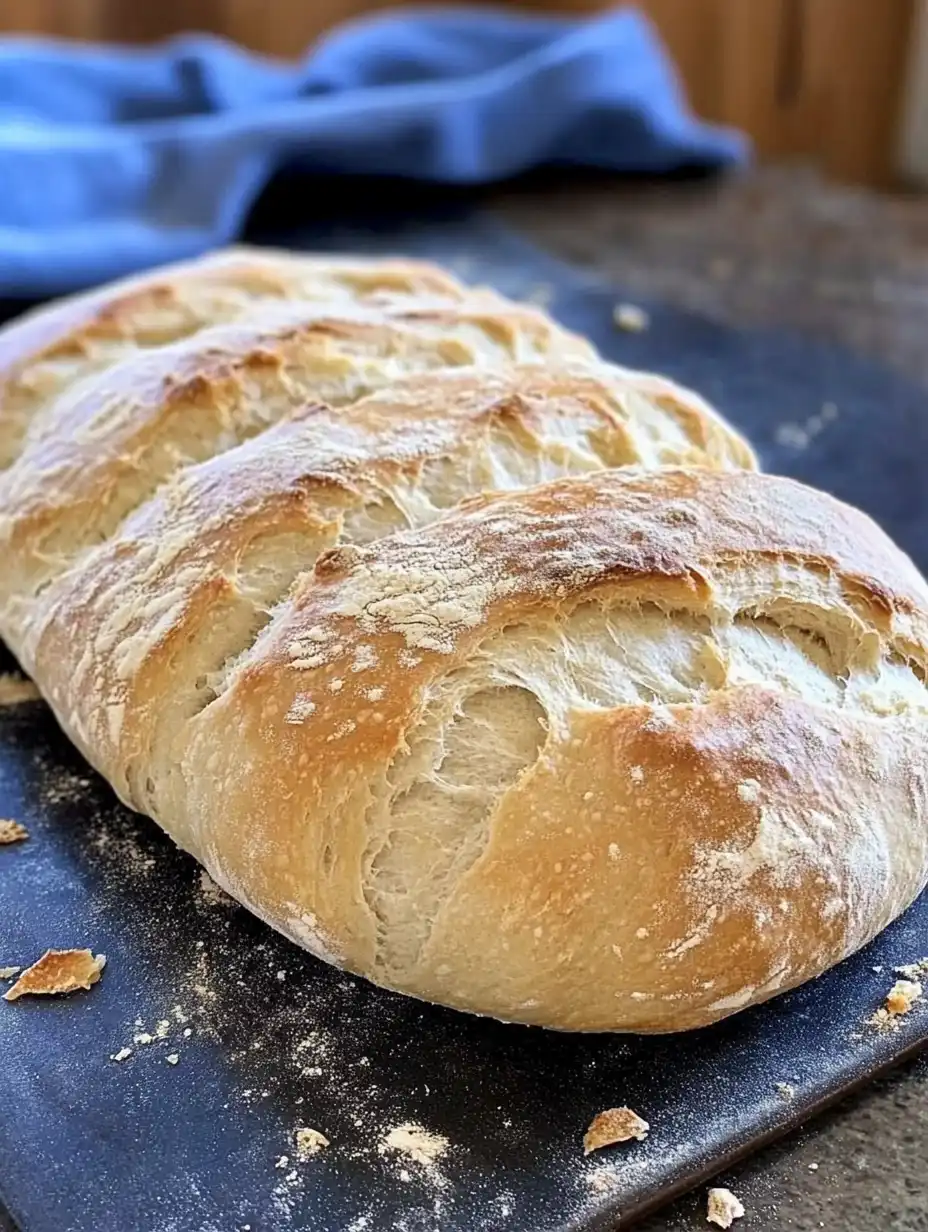
Leave a Comment